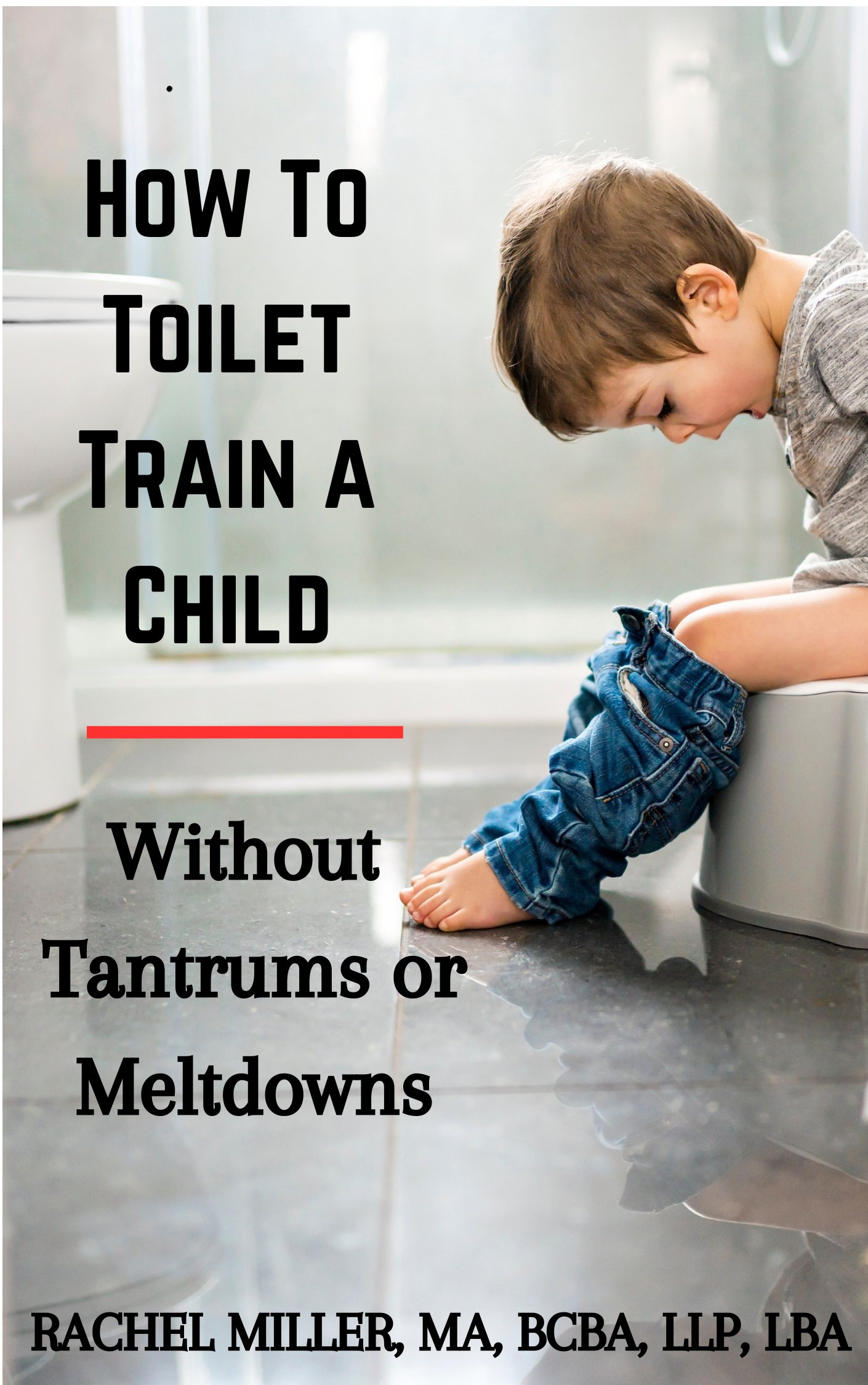Childhood Disintegrative Disorder (CDD):
Symptoms, Causes, Diagnosis & Treatment

Childhood Disintegrative Disorder (CDD), historically recognized as one of the five Pervasive Developmental Disorders (PDDs), is now categorized under the broader diagnosis of Autism Spectrum Disorder (ASD) in the DSM-5 (Diagnostic and Statistical Manual of Mental Disorders, 5th Edition). It is most accurately described today as regressive autism—a subtype of ASD marked by a dramatic loss of previously acquired skills after a period of typical development.
Though no longer a separate clinical diagnosis, the understanding of CDD remains important for recognizing and treating regressive forms of autism, which can be especially distressing for parents and challenging for clinicians.
What Is Childhood Disintegrative Disorder?
Previously defined in the DSM-IV, Childhood Disintegrative Disorder described children who developed normally for at least two years before experiencing a severe and rapid regression in multiple areas of functioning, such as language, motor skills, and social interaction.
Today, under the DSM-5, these symptoms fall within Autism Spectrum Disorder, which encompasses a wide range of behaviors and developmental challenges. A key difference is that DSM-5 now uses specifiers to describe particular features of a child’s development—such as "loss of previously acquired skills"—rather than labeling CDD as its own disorder.
Recognizing the Signs of Regressive Autism
Key Behavioral Changes

If a child who was developing normally begins to lose previously acquired skills—particularly speech, toileting, or social engagement—this may indicate regressive autism.
Early signs include:
- Sudden or gradual language loss
- Withdrawal from social interactions
- Increased irritability, anxiety, or hyperactivity
- Decline in motor coordination
- Loss of interest in play or repetitive behaviors
There has been speculation that when Autism symptoms show up in this manner that there may be a link between autism and vaccinations. However, this has not been proven to be the case.
DSM-5 Criteria for Autism Spectrum Disorder with Regression
The DSM-5 recognizes ASD as a single condition with varying degrees of severity, replacing the separate categories of autistic disorder, Asperger's disorder, PDD-NOS, Rett syndrome, and Childhood Disintegrative Disorder.
A child who meets the criteria for ASD but experiences a notable regression in skills after age 2 may be described as having regressive autism. Here are the DSM-5 criteria most relevant to this presentation:
A. Persistent Deficits in Social Communication and Interaction
These must be present across multiple contexts, such as:
1. Deficits in social-emotional reciprocity
- Difficulty initiating or responding to social interactions
- Reduced sharing of interests, emotions, or affect
2. Deficits in nonverbal communication
- Poor eye contact, lack of facial expressions, or difficulty using gestures
3. Deficits in developing and maintaining relationships
- Struggles with adjusting behavior to suit various social contexts
- Difficulty making friends or showing interest in peers
B. Restricted, Repetitive Patterns of Behavior, Interests, or Activities
At least two of the following must be present:
1. Stereotyped or repetitive motor movements, use of objects, or speech
- Hand-flapping, echolalia, lining up toys, or repeating phrases
2. Insistence on sameness and routines
- Extreme distress at small changes, rigid thinking patterns
3. Highly restricted, fixated interests
- Unusual focus or attachment to objects or topics
4. Hyper- or hypo-reactivity to sensory input
- Unusual interest in lights or textures, adverse response to sounds
C. Symptoms must be present in early developmental period
- Even if they only become fully apparent later (e.g., when social demands exceed limited capacities)
D. Symptoms cause clinically significant impairment
- In social, occupational, or other important areas of functioning
E. These disturbances are not better explained by intellectual disability or global developmental delay
For children who experience developmental regression, clinicians may add the specifier “with loss of established skills” during diagnosis.
What Is Regressive Autism?
Regressive autism, previously known as CDD, refers to cases where a child develops normally for the first 2–4 years and then loses key skills, such as:
- Spoken language
- Nonverbal communication
- Social interaction
- Play and motor coordination
- Toileting skills (in some cases)
The onset is often sudden, sometimes occurring over days or weeks, and may follow an illness, fever, or seizure episode. However, in many cases, there is no identifiable trigger.
What Causes Regressive Autism?
The exact cause of regressive autism is unknown, but several theories and medical associations have been proposed:
1. Neurological Conditions
Children diagnosed with regressive autism may also show signs of underlying medical or neurological conditions, such as:
- Tuberous sclerosis
- Metabolic disorders (e.g., lipid storage diseases)
- Epilepsy or seizure disorders
- Subacute sclerosing panencephalitis (SSPE) – a rare complication of measles
2. Genetic Factors
Although there’s no single gene responsible, research suggests that genetic mutations or abnormal gene expression could play a role in the sudden loss of skills.
3. Autoimmune or Inflammatory Responses
Some researchers have explored the possibility that autoimmune activity, where the immune system mistakenly attacks the brain, may contribute to regression.
4. Environmental Exposures
Environmental toxins, stress, or viral infections during early childhood are also considered potential contributing factors. However, these are theories and not scientifically proven.
Treatment for Regressive Autism
While there is no cure, early and intensive intervention can help children regain lost skills and improve long-term outcomes. I always recommend families to be as proactive as they can when it comes to seeking help. Unfortunately, there can be long waitlists for evaluations by a neurologist and if diagnosed with autism, there can be long waitlists to get ABA therapy (applied behavior analysis). Treatment typically includes a combination of the following:
Behavioral and Educational Therapies
- Applied Behavior Analysis (ABA): Structured therapy that reinforces positive behaviors
- Speech-Language Therapy: Helps rebuild communication skills
- Occupational Therapy: Focuses on fine motor skills and daily activities
- Physical Therapy: Enhances movement and coordination
Communication Aids
- Communication Cards: Helps non-verbal children communicate
- Augmentative Communication Device: Another method to help non-verbal children communicate
- Social Stories and Visual Schedules: Support understanding of routines and expectations
Complementary Therapies
- Music and Play Therapy: Enhance emotional development through interaction
- Biomedical Treatments: May include nutritional supplements or dietary changes (should always be supervised by a physician)
Medical Management
If seizures or other neurological symptoms are present, neurological evaluation and appropriate medical treatment are essential.
Outlook and Support
Regressive autism, once classified as Childhood Disintegrative Disorder, presents unique challenges. However, with early identification, individualized treatment plans, and ongoing support, many children can make meaningful progress.
Family support, educational planning, and therapeutic consistency are key to maximizing outcomes. Parents should work closely with developmental pediatricians, neurologists, and therapists to tailor a comprehensive care approach.
Final Thoughts
Although the DSM-5 no longer recognizes Childhood Disintegrative Disorder as a standalone diagnosis, understanding its features remains critical. The concept of regression in autism highlights the importance of monitoring developmental milestones and responding quickly to any signs of loss.
If your child is losing skills or exhibiting changes in behavior, seek a professional evaluation immediately. Early intervention changes lives.
References
1. American Psychiatric Association. (2013). Diagnostic and statistical manual of mental disorders (5th ed.). Washington, DC.
2. Mayo Clinic Staff. (2008). The Mayo Clinic. Childhood Disintegrative Disorder: Causes.www.mayoclinic.com. 11-23-09.
If you haven't already, be sure to check out my ebooks, now on Amazon!

